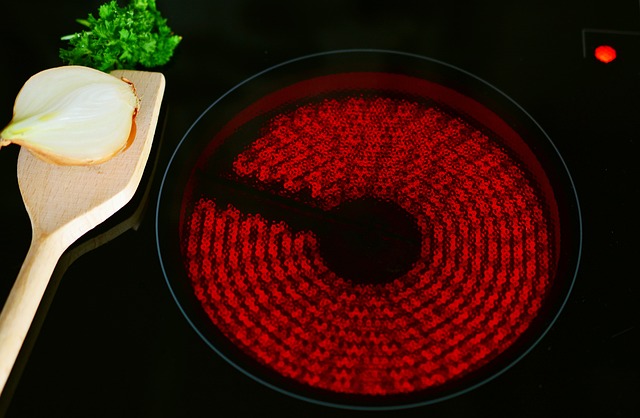Your stove or range is a crucial component of your kitchen, serving as the primary tool you utilize to prepare daily meals for your loved ones and extravagant feasts for momentous occasions.
While both gas and electric cookers have their advantages and disadvantages, electric cookers are preferred by a significant number of individuals due to their ability to cook food more uniformly and their convenience of cleaning.
How seamless is the transition from a gas stove to an electric one?
Before proceeding, it is important to acquaint yourself with certain key facts.
Inspecting an Electrical Circuit for an Electric Cooker
It may seem simple to replace a gas cooker with an electric one because they both use the same electrical socket for ignition. However, it’s important to note that electric cookers require a significantly higher current supply than gas cookers for ignition alone.
Although you may have owned a gas cooker for an extended period, your home might still be equipped with a specific electrical circuit intended for electric cookers.
To determine if there is a circuit for your cooker, you may inspect your electrical consumer unit or fuse board for a label indicating “Cooker”.
In case the consumer unit or fuse board is out-of-date or inadequately labelled, you might encounter difficulties determining the purpose of each circuit and the items it powers.
You may also attempt to locate a sizable switch situated next to your stove in your kitchen. Typically, it is coloured red, but this is not always the case.
If you cannot locate a conspicuous, sizeable red electrical unit switch, you may want to check inside any cabinets situated adjacent to your cooker. Electrical switches are frequently conveniently concealed towards the far end of these units.
In case you are unable to locate a cooker switch, you may want to consider looking at the back of your current stove to check if there is a cooker connection point visible.
Because electric cookers require a lot of power, it’s likely that any electric cookers previously installed in your home had their own dedicated connection point. If you locate one, this can indicate that there is already a dedicated circuit for your electric cooker.
If you are unable to find an existing electric cooker circuit in your home, it is recommended to hire a certified electrician to install the circuit before purchasing a new cooker.
While many sellers of cookers provide installation services, it’s crucial to note that these services are limited to linking the cooker to an already existing electrical point that possesses sufficient capacity.
Sufficient Power of the Current Electric Cooker Circuit: A Knowledgeable, Neutral Explanation
In the UK, it is typical for cooker circuits to be set up as standard 30/32A circuits, which should be appropriate for most single electric cookers.
It is worth noting that modern induction hobs may require a higher electrical current compared to older cookers. Thus, before using them, it is recommendable to confirm whether the existing circuit has the capability to supply sufficient electricity.
If you need to determine the current of your power supply, you can check your fuse board or consumer unit, but these devices typically display this information in amps. However, if you’re specifically checking the power requirements for a cooker and fridge freezer small, the information will most likely be in kilowatts (kW) instead of amps.
As a general rule:
A circuit with a rating of 32A is appropriate for electric cookers with a power output of around 7.5kW or less, which corresponds to a standard-sized cooker in most cases.
A circuit with a 40A rating is appropriate for cookers with a power output of around 9.5 kilowatts.

